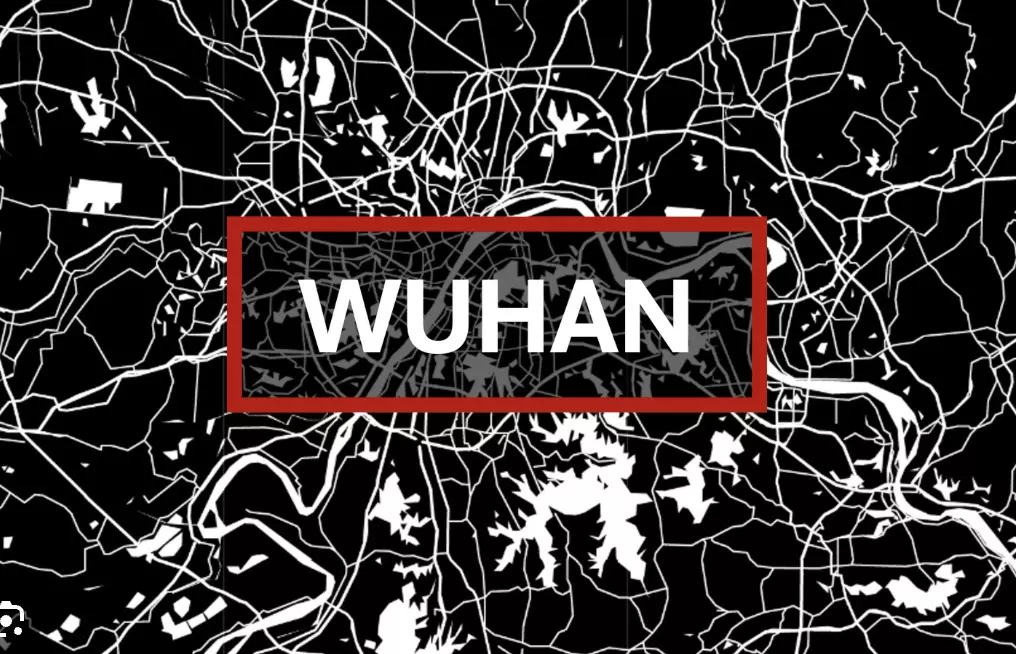From Wuhan to the World: China's role in spreading the Covid-19 pandemic
image for illustrative purpose

If it were not for the actions of the Chinese regime, the Covid-19 outbreak in Wuhan would have never turned into a global pandemic that killed millions, experts are increasingly concluding. China’s government stands charged with hiding the coronavirus’ genome from the world, withholding information about human-to-human transmissibility, punishing doctors who spoke out, and misleading the world about the virus's origin.
Timeline of Events
By December 27, 2019, Chinese authorities knew that a new coronavirus was causing pneumonia in Wuhan. The virus’s genetic structure had been mapped, and it was known to spread from person to person. However, China notified the World Health Organization (WHO) only on December 31, under pressure from whistleblowers, without providing the genome or details of transmission.
On January 5, 2020, virologist Zhang Yongzhen of the Shanghai Public Health Clinical Center uploaded the genome to a US-based database but embargoed access until July. He submitted a paper to Nature on January 7, which was co-authored with Edward Holmes, a virologist at the University of Sydney.
By January 10, Nature sent out the manuscript for peer review. Prominent scientists, including Jeremy Farrar, who would later become WHO’s Chief Scientist, criticized the delay in informing WHO. On January 12, Zhang shared the genome with Holmes, who uploaded it to a British scientist's website, revealing it to the world two weeks after it had been mapped.
Despite this, on January 14, the WHO announced there was no evidence of human-to-human transmission based on information from Chinese authorities. It was not until January 20 that China acknowledged human-to-human transmission, and lockdown orders were issued on January 24 — more than a month after the outbreak began in Wuhan.
The Global Impact
By January 20, up to 5 million people had traveled out of Wuhan, spreading the virus worldwide. Jamie Metzl, a Senior Fellow at the Atlantic Council, stated that the Chinese government’s actions turned a city outbreak into a global pandemic.
In an open country like the United States, authorities would have alerted the world and shared the genome immediately, potentially containing the outbreak. The Chinese government's political actions prevented the necessary urgent response, exacerbating the situation.
Whistleblowers and the Suppression of Information
Despite the Chinese crackdown, some doctors blew the whistle on December 30, leading to swift reprisals. Dr. Li Wenliang, one of the whistleblowers, died weeks later, officially from Covid-19, though skepticism remains due to the regime's track record.
On the same day, ProMed sent out an alert regarding the outbreak. Zhang, the virologist who shared the genome, lost access to his lab, and citizen journalist Zhang Zhan was jailed for covering the pandemic on social media.
The Virus and Its Origins
The novel coronavirus, later named SARS-CoV-2, had two unique features: it was pre-adapted to infect humans from day one, and it possessed ‘furin cleavage sites’ (FCS) on its spike protein, enabling it to enter human cells. The rarity of FCS in coronaviruses suggests that SARS-CoV-2 might have originated in a laboratory.
Wuhan Institute of Virology (WIV), located near the outbreak's epicenter, was a world leader in coronavirus research. Shi Zhengli, known as ‘Bat Woman’ for her work on bat coronaviruses, had proposed inserting FCS into coronaviruses in her lab. Moreover, her lab housed RaTG13, a virus from 2013 that was a 96.2% match to SARS-CoV-2.
Cover-ups and Controversies
Open-source investigations by DRASTIC (Decentralised Radical Autonomous Search Team Investigating Covid-19) revealed significant cover-ups. Chinese scientists had changed the name of viruses and withheld critical information. The closest known relatives to SARS-CoV-2, including RaTG13, were concealed, pointing to efforts to hide the extent of risky viral research.
The Chinese regime's actions and subsequent cover-ups played a significant role in transforming a local outbreak into a global catastrophe. The pandemic's origins and the early response continue to be scrutinized, revealing a complex web of political, scientific, and ethical failures.

